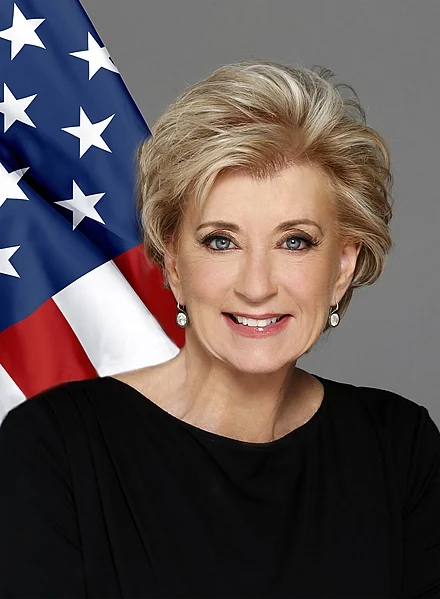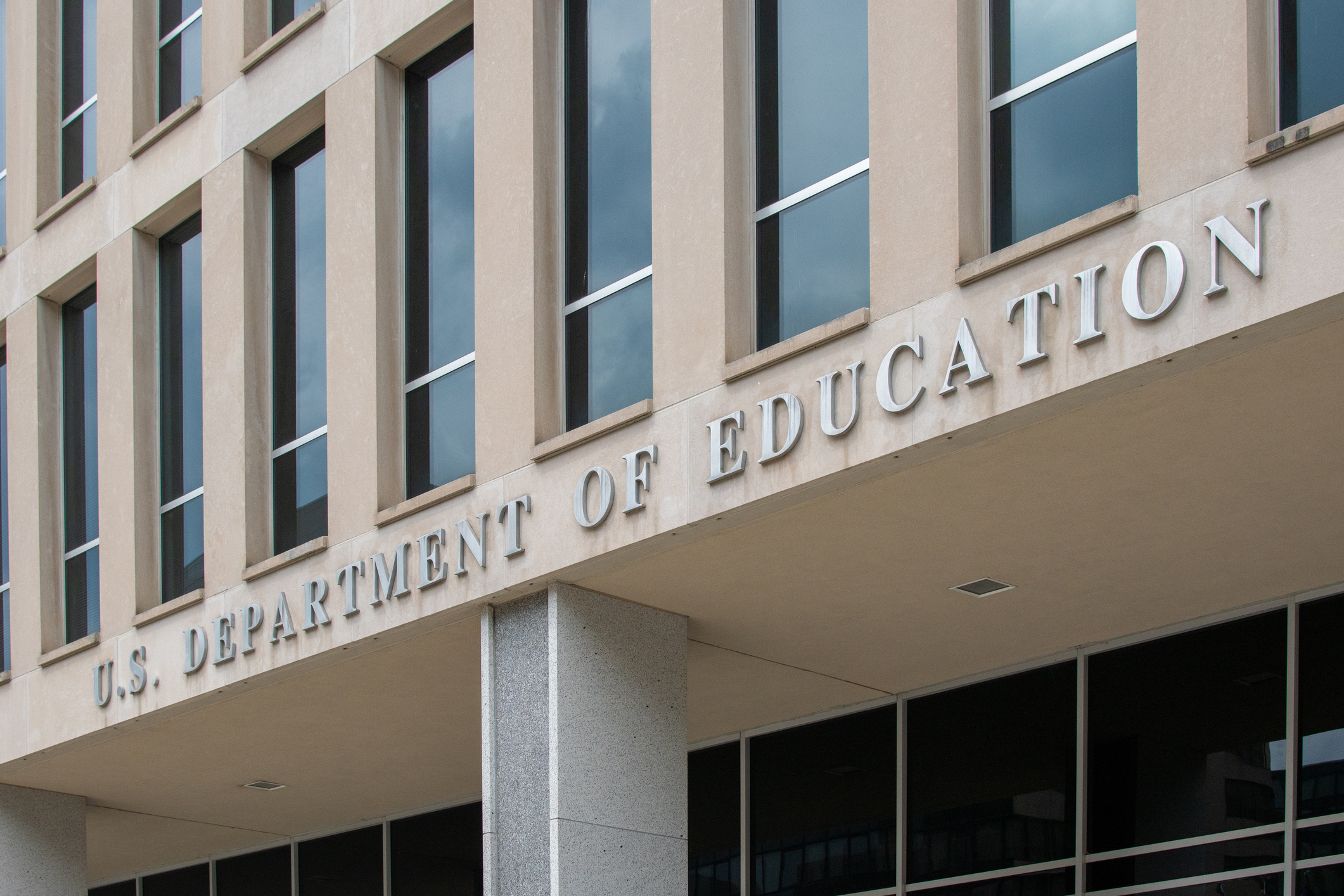It’s no secret that President-elect Donald Trump and the Republicans want to dismantle the U.S. Department of Education (DOE). Trump has promised to close the DOE and, in doing so, send the work of education administration back to the states. In Trump’s view, the federal government should not have a large role, if any role, in education because states would do a better job educating their own children.
The U.S. Constitution does not have a lot to say about education, and education is already a largely local government function. The federal DOE’s role is around collecting data, overseeing special education, protecting civil rights, and distributing funds. Altogether, K-12 schools receive about $28 billion a year from Title 1 and IDEA programs, $30 billion a year has gone to low-income college students through Pell Grants, and $1.6 trillion has gone to students through student loans.
It’s important to note that the DOE does not tell schools or teachers what to do. But federal government programs and incentives, like the Race to the Top initiative from the Obama administration, trickle down and impact what schools and districts focus on.
So, what would dismantling the DOE mean for schools and teachers?
Title 1
Title 1 funds are distributed to schools that serve high numbers of students in poverty. The goal is to equalize the amount of spending per pupil between high- and low-income districts. Overall, only about 10% of funding for schools comes from the federal government, so eliminating or redistributing Title 1 funds would have varying impacts by district.
Without Title 1 funds, districts that rely more heavily on federal funding would have to make different choices than districts that rely primarily on local funds. Of course, it remains to be seen if a dismantling of the DOE would send Title 1 funds directly to states or if those funds would be reappropriated to another initiative.
Special Education
The DOE has an important role in making sure that students with disabilities receive the support they need by enforcing the Individuals With Disabilities Education Act (IDEA). If IDEA were shifted to the states, or if the DOE were not able to enforce the law, states would not be held accountable. Students with disabilities may not receive what they need. Districts and schools could withhold services or not meet their obligations, and state by state, students with disabilities would have vastly different quality of services.
In addition, the DOE provides guidance and support for schools as they implement IDEA. So, disbanding the DOE could reduce the funding for special education and leave schools in the lurch. States with more local funding would be able to maintain standards, while states with less funding may cut services, leaving students and families without support.
Finally, the DOE is the federal advocate for students and families who need to challenge schools if students are not receiving appropriate services. If the DOE is disbanded, it will be more difficult for parents to advocate for their children. This means that, over time, decades of progress in advancing educational outcomes for students with disabilities could be reduced or lost.
Civil Rights
The DOE also houses the Office for Civil Rights, which oversees and resolves violations of discrimination based on sex, race, religion, or disability status. If the DOE were disbanded, the supports and advocacy for students who are LGBTQ+, who have disabilities, and who are from different racial and ethnic groups would vary from state to state. Trump has been vocal about eliminating protections for transgender students. College students who experience incidences of antisemitism, anti-Arab discrimination, and other forms of discrimination would also likely have fewer protections without the Office for Civil Rights.
School Choice
Trump and the Republican party have long advocated for using vouchers, private school scholarships, and education savings accounts to increase school choice. Critics, including lawmakers in “red” states, argue that these measures shift funding away from public schools during a time when we should be bolstering and improving them. If the DOE were abolished and states had control of school choice initiatives, it’s likely that school choice initiatives would still be on the ballot. Each state would vote for which initiatives they wanted in their state. But that might not always be a move away from public schools.
Education Data
The DOE collects education data, including the National Assessment of Educational Progress (NAEP), which monitors student achievement in reading, math, and science. The department also monitors data related to students who receive special education, student demographics, graduation rates, and more. Eliminating the DOE would change what type of data is collected and how it is monitored. Data helps lawmakers focus on important education outcomes, such as ensuring that all students are making gains and that schools are addressing achievement gaps. Without the DOE to collect and disseminate this kind of information, it’s unclear whether those goals would be addressed.
Higher Education
In terms of higher education, the main goal of the Trump administration appears to be eliminating programs that provide scholarships and financial aid for students from diverse backgrounds. Eliminating the DOE would give states more leverage and ability to eliminate these programs, which may set back progress that has been made in equity in higher education.
Who will be in charge of the DOE?

President-elect Trump tapped Linda McMahon to lead the DOE. She previously led the Small Business Administration and is perhaps best known for being the co-founder and CEO of World Wrestling Entertainment (WWE). While at WWE, she was named in a lawsuit accusing the WWE of permitting the sexual abuse of young boys by a ringside announcer. As Secretary of Education, McMahon’s tasks would include adjusting the definition of Title IX to not include sexual orientation or gender identity, increasing parent voice and school choice, and even abolishing the department altogether.
Can Trump even close the DOE?
To close the DOE, Trump needs an act of Congress, which may make it difficult. Specifically, it would need a supermajority in the Senate—60 votes. Every lawmaker receives funding through DOE programs, and “red” states get the largest share. So, lawmakers may not want to risk the funding that is impacting their own constituents so directly.
Also, the DOE is a department that can help the Trump administration carry out other campaign promises. They say they want to hold universities accountable, reduce DEI initiatives, and withdraw Title IX protections for transgender students. But they will need the DOE to do that. So, it may behoove Donald Trump to keep the DOE around and use it to enforce other policies.

